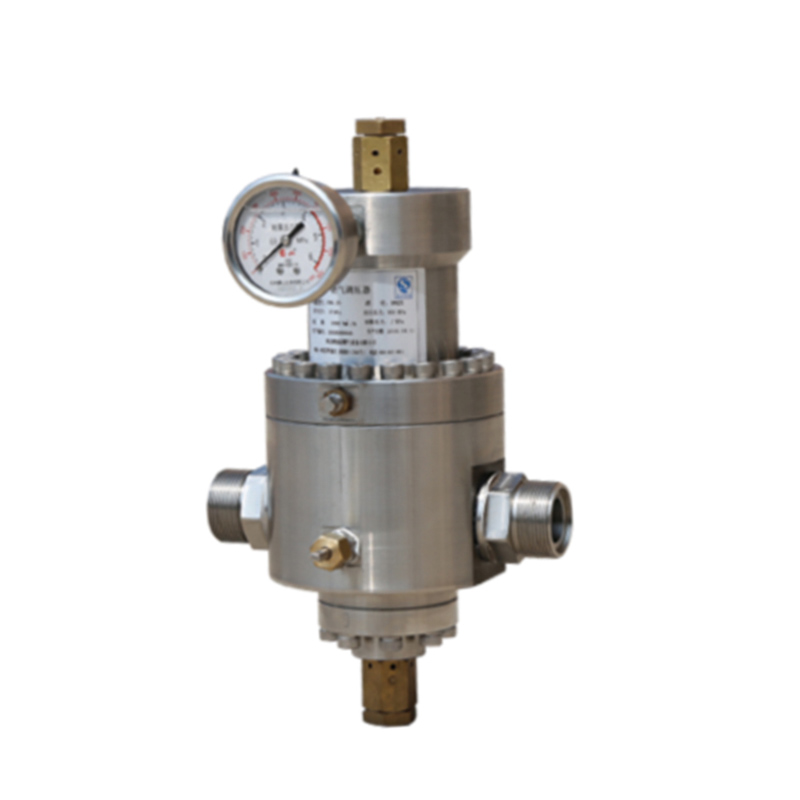
Dec . 30, 2024 09:15
Back to list
Natural Gas Distribution Facilities Overview and Key Considerations for Effective Infrastructure Management
Natural Gas Distribution Stations An Overview
Natural gas is one of the cleanest and most efficient sources of energy available today. It plays a pivotal role in meeting the global energy demand while reducing greenhouse gas emissions compared to other fossil fuels. To ensure a steady and safe supply of natural gas to residential, industrial, and commercial consumers, natural gas distribution stations are indispensable. This article explores the purpose, functioning, and significance of these distribution stations in the broader context of energy infrastructure.
What is a Natural Gas Distribution Station?
A natural gas distribution station is a facility designed to regulate, compress, and distribute natural gas from high-pressure transmission pipelines to lower-pressure networks that deliver gas to end-users. These stations are key components in the natural gas infrastructure, enabling the safe and efficient transfer of gas over varying distances and pressures.
Functions of Distribution Stations
The primary functions of a natural gas distribution station include
1. Pressure Regulation Natural gas is transmitted through pipelines at high pressures to ensure efficient transportation over long distances. Upon reaching a distribution station, the gas is reduced to safer, lower pressures suitable for delivery to consumers. Regulators installed at these stations manage pressure adjustments to prevent fluctuations that could damage pipelines or appliances.
2. Metering Distribution stations are equipped with metering systems that measure the volume of gas being sent out. Accurate metering is crucial for billing consumers and monitoring overall usage, which helps utility companies manage supply and demand effectively.
3. Odorization Natural gas is odorless in its natural state. However, a distinct odor, typically that of rotten eggs (caused by mercaptan), is added at distribution stations. This practice helps in the detection of leaks, which is vital for ensuring safety.
4. Pre-Processing and Quality Control Although natural gas is primarily methane, it can contain other hydrocarbons, impurities, and water. Distribution stations may perform basic processing duties, such as removing moisture and contaminants, to ensure the gas delivered meets quality standards.
natural gas distribution station

5. Emergency Response Distribution stations are integral in emergency situations. They are equipped with safety systems and employees trained to handle leaks, pressure fluctuations, and other hazardous scenarios. Regular inspections and maintenance are performed to uphold safety standards.
Significance of Distribution Stations
Natural gas distribution stations contribute significantly to the energy ecosystem for several reasons
- Energy Accessibility They facilitate the efficient distribution of natural gas to urban and rural areas alike, providing access to a clean energy source for heating, cooking, and electricity generation.
- Economic Growth By ensuring a reliable supply of natural gas, distribution stations support local economies, stimulate job creation, and encourage industrial growth. Businesses depend on natural gas for various applications, from manufacturing to transportation.
- Environmental Benefits Natural gas is a cleaner alternative to coal and oil, producing fewer emissions. By enhancing the distribution network, these stations support the transition to cleaner energy sources, playing a critical role in climate change mitigation efforts.
- Infrastructure Resilience Distribution stations contribute to the resilience of energy infrastructure by allowing for diversified energy sources. In combination with renewable energy advancements, they create a balanced and stable energy grid.
Conclusion
Natural gas distribution stations are essential components of the energy supply chain, interfacing between high-pressure transmission systems and end-users. Their multifaceted roles in pressure regulation, metering, safety, and emergency response highlight their importance in ensuring a safe, reliable, and efficient supply of natural gas. As we move towards a more sustainable energy future, the significance of these facilities will only grow, underscoring the need for continuous investment and innovation within the natural gas distribution sector. Understanding the workings of these stations enhances our appreciation of the intricate systems that fuel our daily lives, laying the groundwork for a cleaner energy landscape.
Latest news
-
Safety Valve Spring-Loaded Design Overpressure ProtectionNewsJul.25,2025
-
Precision Voltage Regulator AC5 Accuracy Grade PerformanceNewsJul.25,2025
-
Natural Gas Pressure Regulating Skid Industrial Pipeline ApplicationsNewsJul.25,2025
-
Natural Gas Filter Stainless Steel Mesh Element DesignNewsJul.25,2025
-
Gas Pressure Regulator Valve Direct-Acting Spring-Loaded DesignNewsJul.25,2025
-
Decompression Equipment Multi-Stage Heat Exchange System DesignNewsJul.25,2025

